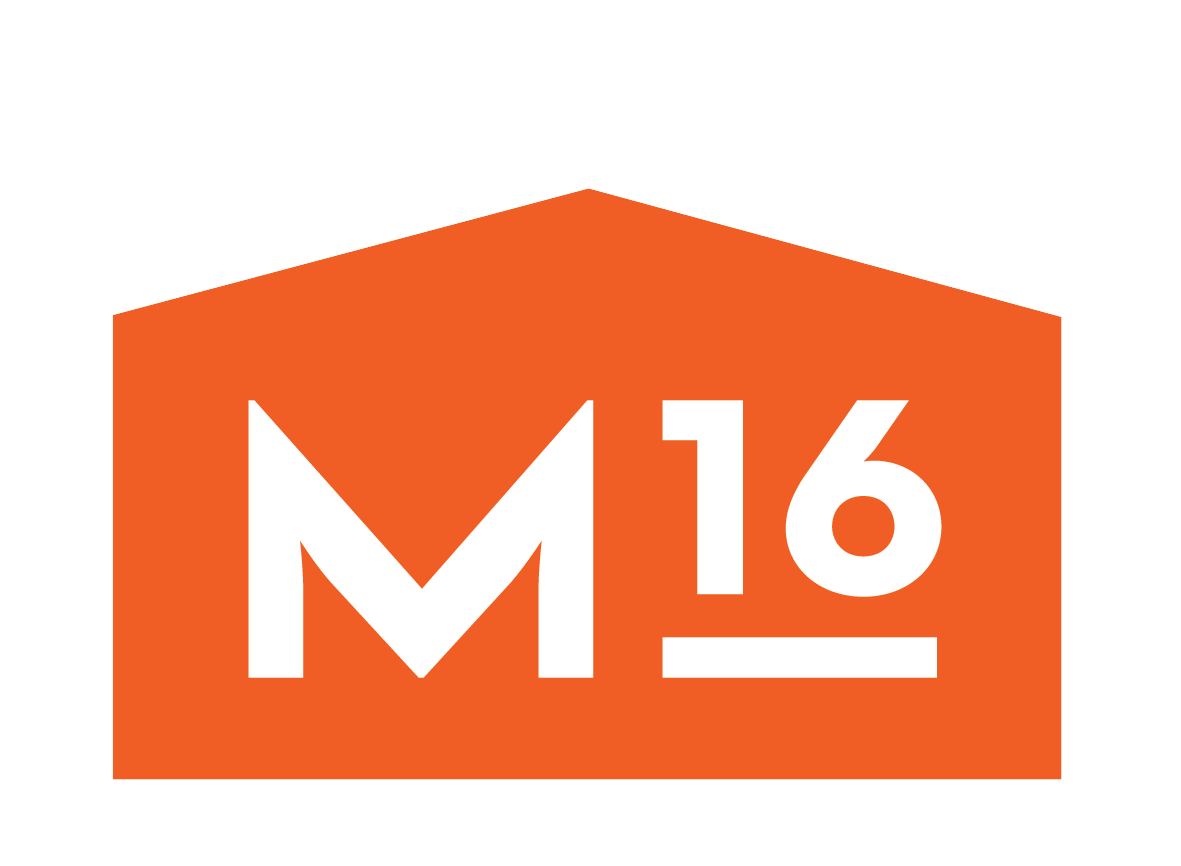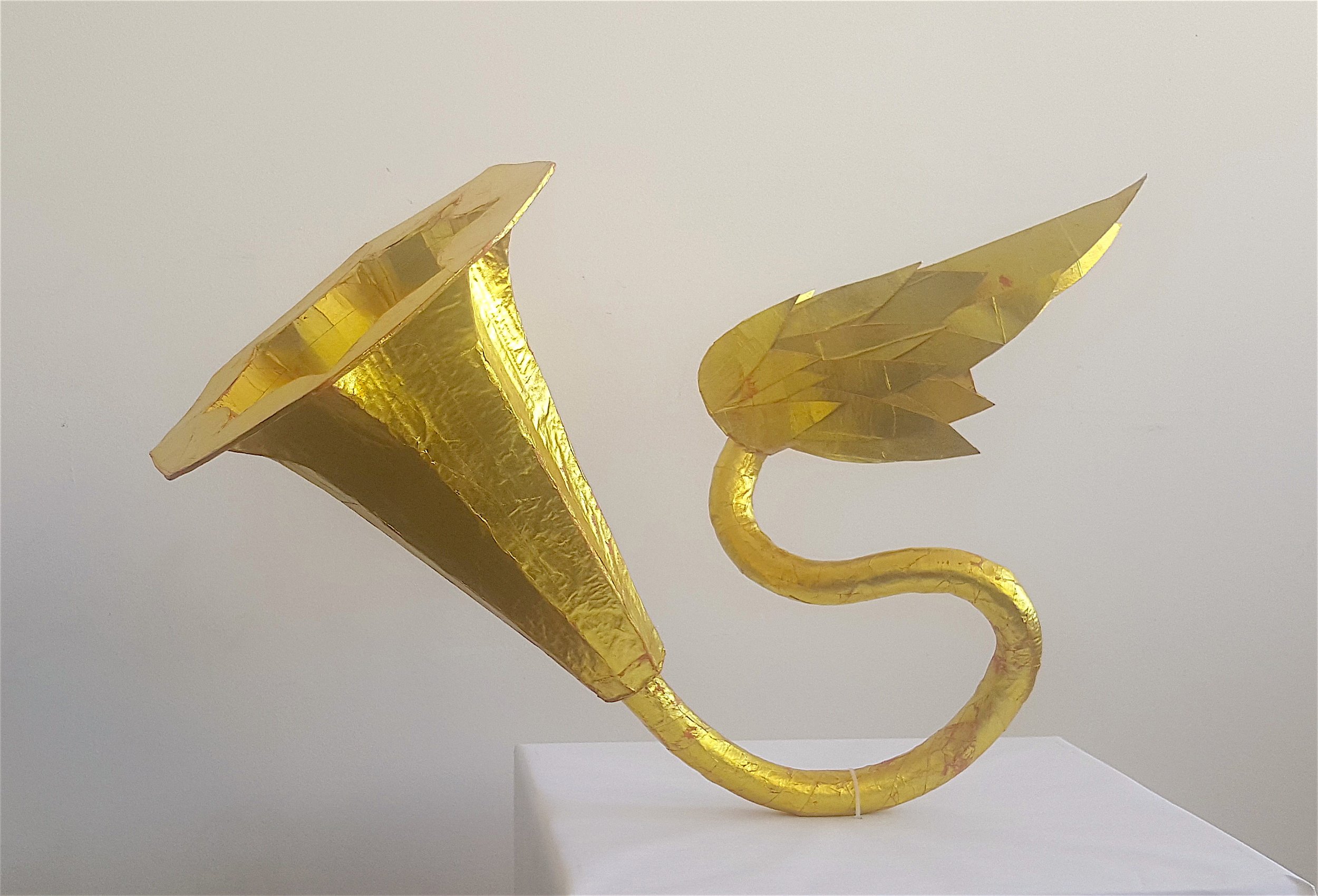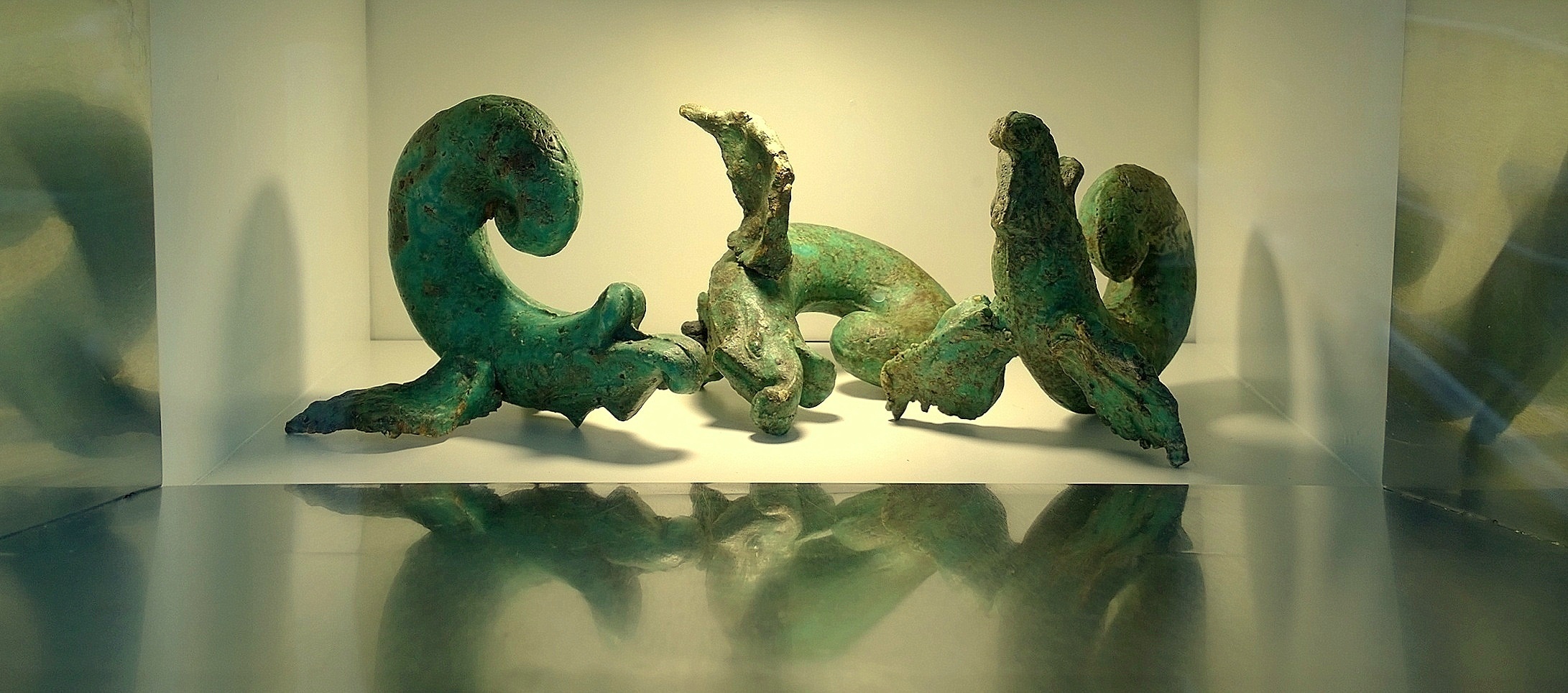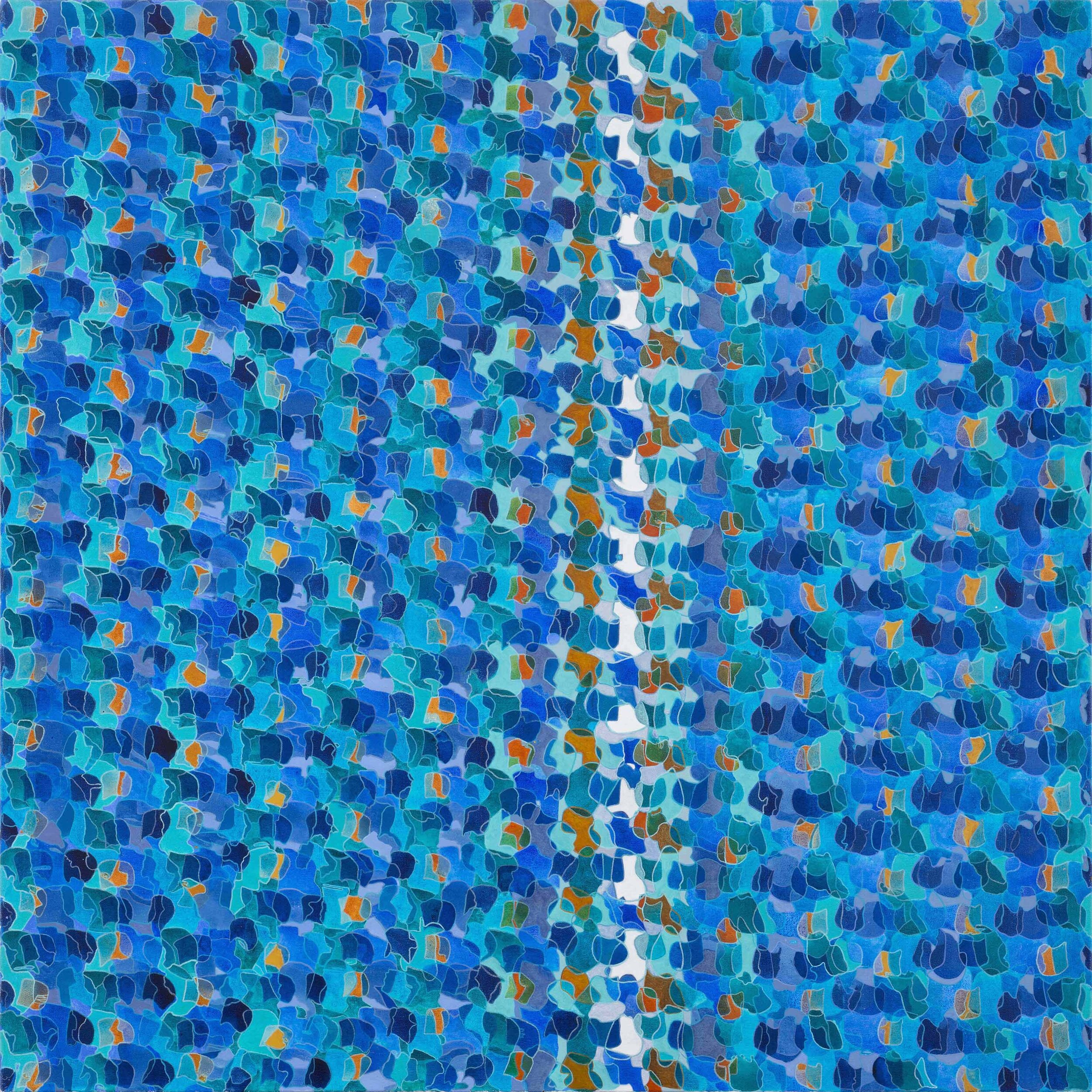Rachel Peachey & Paul Mosig are multi-media artists who work together through a shared interest in human/environment relationships.
Their process is centred around collaboration, often working with practitioners from a range of other disciplines, using movement, photography, video, sound, sculpture and textiles to document and respond to particular landscapes.
They are engaged in ongoing, deliberate explorations of landscapes as observers and as active participants, mapping physical and emotional terrain. The way they make work often revolves around the process of field studies - returning to specific landscapes over time and the process of play - interaction with each other and the environment with no particular outcome in mind.
The theoretical approach that most informs their work is the study of Human Ecology, which is the trans-disciplinary study of systems theory, applying the principles of ecosystems sciences to the study of the human environment. Their work also celebrates notions of mystery and wonder, the centrality of the sense experience, the poetic relationship between science and philosophy and the meeting of the rational with the intuitive.
Follow the artists @peacheyandmosig
















































